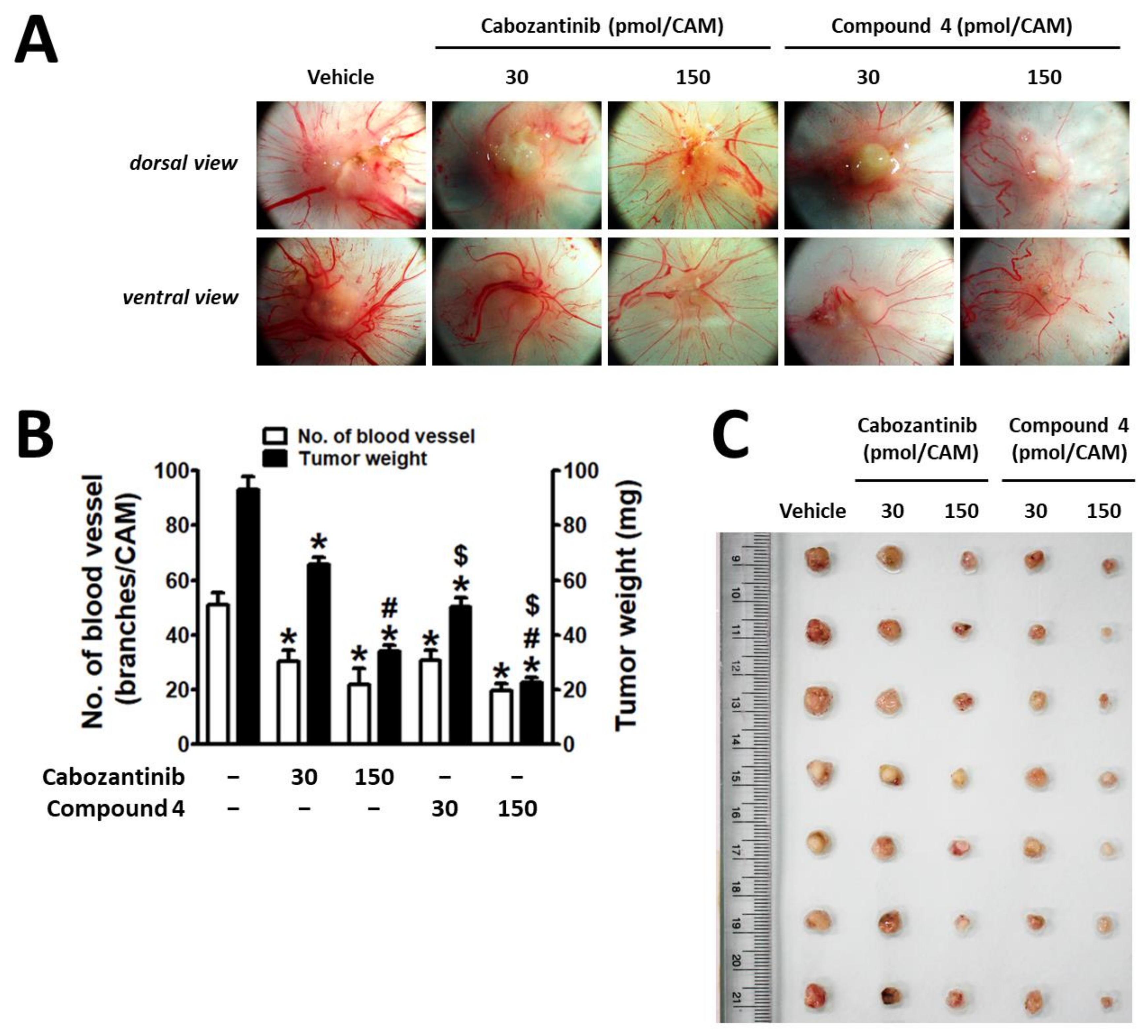


All experiments were performed in triplicate. The relative gene expression of mRNA for Na+ taurocholate cotransporting peptide (Ntcp) and bile salt excretory pump (Bsep) was examined as the inverse log of the ΔΔCt and normalized to the reference gene, β-actin. Quantitative RT-PCR was performed using a reaction mix (FastStart Universal SYBR Green Master, Rox, Roche Life Science, Indianapolis, Indiana) and sequence detection system (ABI PRISM 7500, Applied Biosystems, Life Technologies Corp, Carlsbad, California). 8 Briefly, total RNA was extracted from 50 mg of liver tissue using a reagent (TRIzol, Invitrogen, Shanghai, China) and cDNA was synthesized using reagent kit (PrimeScript RT kit, Takara, Dalian, China). Quantitative real-time polymerase chain reaction (qRT-PCR) was performed as previously described. The current study presents a method for establishment of partial bile duct ligation (PBDL) in rats that is used to examine the potential mechanisms of cholestatic liver injury. Hence, more appropriate animal models of cholestasis representing human disease are still needed. Partial obstruction of the CBD is more commonly seen in the clinical scenarios such as tumor invasion or intraoperative injury to the CBD. In addition, complete obstruction of the common bile duct (CBD) does not occur frequently in humans. 4 However, this animal model is toxic, accompanied by rapid biochemical and histological changes leading to high mortality in rodents 5 therefore, it is not appropriate for the investigation of the underlying mechanisms of obstructive cholestasis. 3 The model of common bile duct ligation (BDL) in rats or common BDL with or without cholecystectomy in mice is a well-described animal model of obstructive cholestasis. Understanding the underlying mechanisms would be helpful to develop effective treatments for patients with cholestatic liver diseases. The mechanisms contributing to the poor outcome remain unknown.

1 Patients with obstructive jaundice are predisposed to postoperative complications, 2 or have decreased tolerance to ischemic liver injury. In conclusion, the current rat model of obstructive cholestasis is reversible, representing the clinical characteristics of partial biliary obstruction, and may be used to investigate the effects of various therapeutic strategies on reversible acute cholestasis.Ĭholestasis is associated with increased morbidity and mortality in patients undergoing hepatobiliary surgery. Bile salt transporter expression was significantly decreased at day 3 and gradually recovered in the following 2 weeks. However, these changes dramatically reversed 14 days after surgery. Bile infarcts, ductular reaction, and abundant hepatocyte turnover were detected exclusively in the partial bile duct ligation group on postoperative day 3. However, these changes spontaneously normalized within 14 days after surgery in the partial bile duct ligation group compared with the sham group. Serum levels of aspartate aminotransferase, alkaline phosphatase, total bilirubin, and bile acids were significantly increased in the partial bile duct ligation group 3 days after surgery. Serum biochemistry, liver histology, and expression of bile salt transporters were examined after surgery. Male Sprague-Dawley rats were subjected to a sham operation or partial ligation of bile duct procedure. The animal model of common bile duct ligation is very toxic therefore, the aim of this study was to establish a new model of obstructive jaundice in rats with partial common bile duct obstruction.


 0 kommentar(er)
0 kommentar(er)
